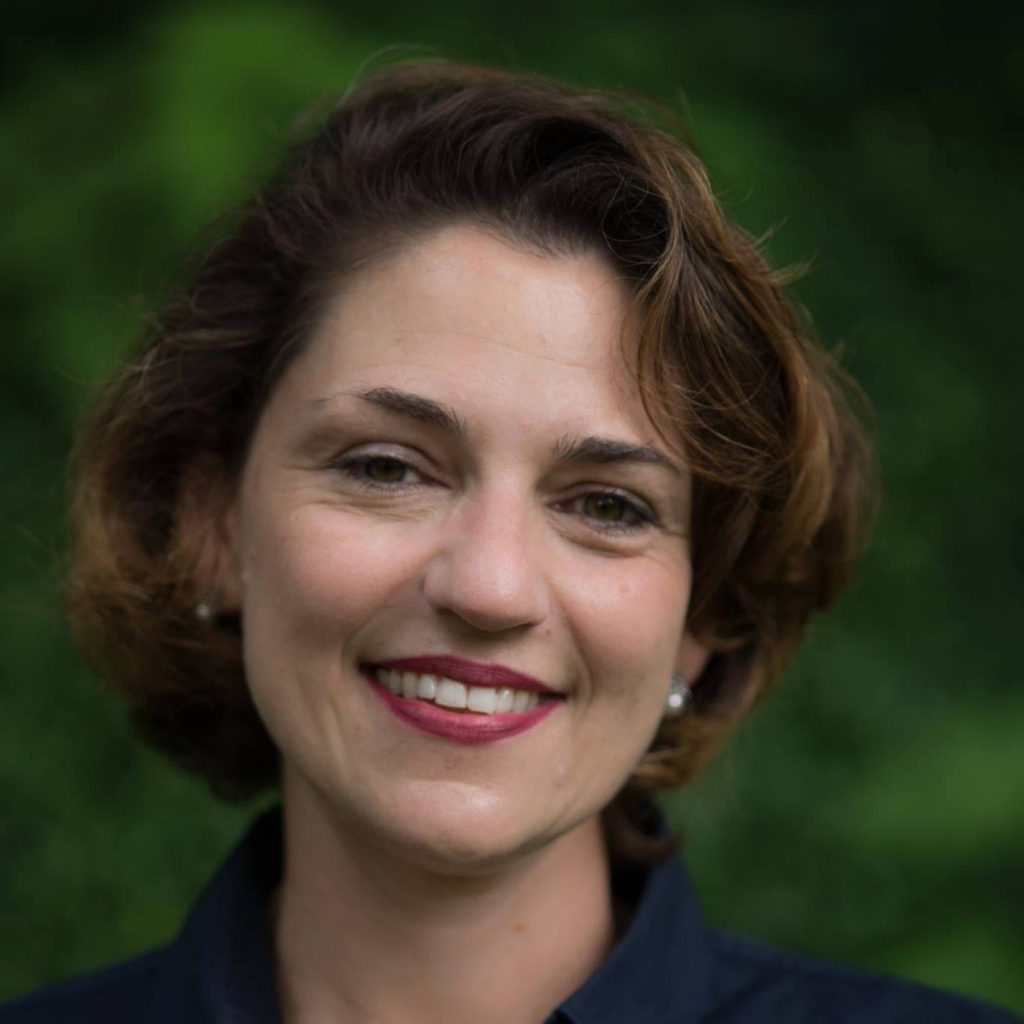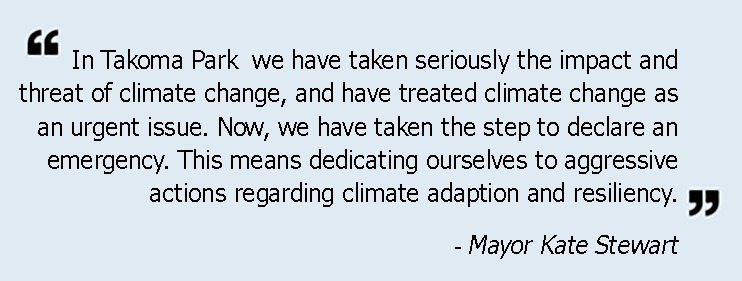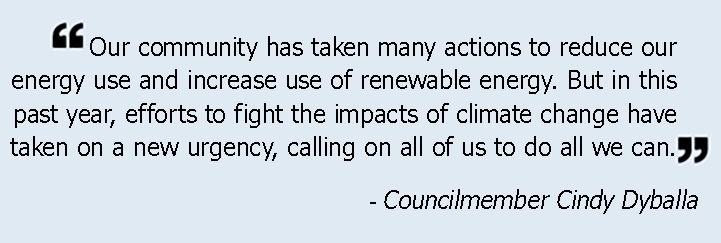“You see, idealism detached from action is just a dream. But idealism allied with pragmatism, with rolling up our sleeves and making the world bend a bit, is very exciting. It’s very real. It’s very strong.” – Bono

For the last six weeks the City Council, staff, and residents have rolled-up our sleeves and gotten to work on our FY2020 budget, which was adopted after a 6-1 vote at the May 15 Council meeting. The City’s budget is a quantitative expression of our values. It embodies in dollars and cents the goals and priorities we are working toward.
Thank you to everyone who helped make our City’s FY2020 budget a strong one that positions us to take advantage of the opportunities before us, prepares us for the challenges, and reflects our values.
The work on the budget is most intense every spring, but it starts much earlier in the year when the Council works with staff and residents to update and set priorities. The Council priorities are used as a tool to guide policy and budget decisions. We have improved the process this year thanks to residents’ input and staff work and I look forward to doing more next year.
Currently, we face both opportunities and challenges. As every year, we want to advance our priorities and continue to uphold our core values while holding down costs. The arrival of the Purple Line, increased growth in population in the region and the need to continue to provide affordable, quality housing – these are three of the evolving realities confronting us. So is the urgency to mitigate and adapt to climate change and the need to resist the harsh policies of the Trump administration.
The full proposed budget document is available on the City website here (though it’s very important to note that, based on recent Council discussions and decisions, expenditures – and the corresponding tax rate – will be less than what is included in this document). For a list of the services the City provides residents, please see here and major projects we are working on over the next couple of years can be found here. For more background on the budget and some highlights of what is in the FY2020 budget, please continue reading.
Overall Approach to the Budget
As I have noted over the last few weeks, when we start getting into the budget it is easy to get lost in the details and to only see the trees and not the forest. Therefore, I have kept the following four things front and center in our discussions to make sure our overall budget does the following:
- Takes advantage of opportunities: We want a budget that allows us to take advantage of good ideas and opportunities that may come our way as we did last year in protecting Dorothy’s Woods and adopting a single-use plastic straw ban. With the Purple Line moving forward, the City gaining ownership of the New Hampshire Recreation Center, and the moving of Washington Adventist Hospital, we have put an emphasis in this year’s budget on preparing for these events.
- Address known needs: We know many people in our community find themselves on fixed incomes and impacted by changes at the federal level to tax deductions. We need to make sure our budget provides programs and resources for those in need in our community so that they can continue to call Takoma Park home. That means continuing and expanding tax rebates, continuing rent stabilization, keeping our recreation programs for seniors and young people free or available for a nominal fee, as well as continuing our long term work on building a strong and resilient community through our racial equity work and fighting climate change.
- Prepared for unknown needs: We are a Sanctuary City and have recommitted over the last two years to being a welcoming community. Given the actions of the current federal administration, we have been and continue to be at the ready to provide assistance to those most impacted. In addition, we have had to deal with issues such as cell towers and other attacks on our authority to pass laws locally and have had to do more to fight preemption attempts at both the federal and state level.
- Ensure stability and fiscal responsibility: As discussed in more detail below, the Council has voted for a tax rate that is .5397. This rate is equal to the Constant Yield plus the Employee Cost Index (ECI). In other words, this tax rate provides the same level of revenue we collected in prior fiscal year plus the increase in compensation and benefits for city employees using the index published by the Bureau of Labor statistics. In 2015 and 2016, the City Council made a commitment to our employees by raising salaries of our lowest paid workers to market rate and having a policy that put in place a floor of $40,000 for any full-time worker for the City. We are committed to ensuring that our staff receive wages and benefits so that they can live and continue to work in this area. Therefore, if we look at continuing and maintaining the same services each year having a tax rate that increases by the ECI may be an appropriate approach. The Council will be having more discussions about having as a general standard the constant yield plus ECI for future budgets or some similar guideline.
What’s in the Budget
I want to highlight what is in the budget that will advance the top priorities in the City. This is only a select list. Please see the City website for the full proposed budget.
LIVABLE COMMUNITY FOR ALL: Ensuring we have a range of safe, quality, and stable housing options that are affordable for residents of varying incomes and all races and ethnicities
FY2020 Budget Highlights:
- Contribution of $210,000 to the Housing Reserve Fund. The Council will be finalizing the Housing Strategic Plan in the upcoming months.
- Resources allocated to continue work to ensure quality affordable housing for those who rent. When we look across the region at rents, Takoma Park continues to have the lowest rents in the area.
- Rent stabilization and PILOTS (Payment in Lieu of Taxes) to support upgrades and improvements for buildings.
- Frequent inspections and code enforcement: The budget includes $257,078 for rental inspections and enforcement so that the City can continue to have more frequent inspections than currently required by the county.
- Technical review services for “Fair Return Rent Increase” petitions.
- Assisting and advocating for renters: Increasing half-time Landlord-Tenant Mediator position to fulltime, which will greatly enhance our ability to advocate on behalf of renters and housing associations.
- Assistance for residents moving to homeownership:
- Funding of the Home Stretch Down Payment Assistance Program where in the last few years has helped three families become homeowners; in the last four years, over 140 prospective home buyers have attended our staff led first-time home buyer programs.
- Assistance to residents in need of help with property taxes:
- $174,500 for our Tax Rebate Program for nearly 150 low-income homeowners who qualify to receive assistance on paying their property taxes. The Council also included an additional $22,500 for new rebate programs for those eligible based on income and will be discussing next steps on these in July.
- Assistance for residents in need: $55,000 for income based emergency assistance which provides families with assistance for things such as rent, health care costs, and other expenses in emergency situations.
- Making sure we have programs and services available to residents of various income level. For example, continue scholarships for the Recreation Department’s many programs and keep the cost of programs for seniors and young people free or for a nominal fee.
- Vacant property monitoring and enforcement.
COMMUNITY DEVELOPMENT FOR AN IMPROVED & EQUITABLE QUALITY OF LIFE: Planning and preparing for development in the City and region while maintaining the special character and diversity of Takoma Park.
FY2020 Budget Highlights:
- New Economic Development division, which will enable us to have significantly more focused efforts on redevelopment projects such as Takoma Junction, the Recreation Center, the Washington Adventist Hospital property, and other properties; also more focused advocacy and work on the redevelopment of the New Hampshire
- Addition of fulltime intern to support Economic Development Manager.
- Support business associations: $73,500 in contracts for services with Old Town Business Association and Takoma Langley Crossroads Development Authority.
- Develop and initiate implementation of a new Takoma Park Business Retention and Expansion project, including up to $50,000 in City funding for commercial district improvements.
- Develop and host workforce development workshops and “Success Fairs.”
- $75,000 for community engagement and planning associated with the New Hampshire Avenue Recreation Center.
- Arts and Humanities program – implementation of the Takoma Park Cultural Plan, Film Screening Series, Lecture Series, We are Takoma performances, and other programs.
- $20,000 for new public art installations.
ENVIRONMENTALLY SUSTAINABLE COMMUNITY: Prioritizing actions, policies, innovations, and new opportunities that mitigate and adapt to the causes and effects of climate change.
FY2020 Budget Highlights:
- Resources to update the City’s Sustainable Energy Action Plan with more aggressive strategies to eliminate greenhouse gas emissions and add resiliency to planning goals.
- Programs to assist low income residents, businesses and multi-family properties with energy improvements: business rebates ($20,000), low and moderate income efficiency rebates ($45,000), funding for multi-family efficiency projects ($75,000) and residential rebates ($5,000). Additionally there are funds included to develop new sustainability initiatives ($15,000).
- Flower Avenue Green Street project: The project has started! The city has been able to leverage $1.2 million of City Funds to receive $5.1million in other funding. This project is remarkably complex, involving federal transportation funds, utility upgrades, County funds and other grant funds. The resulting “green street” will meet environmental and transit goals as well as provide an attractive gateway into Takoma Park. Sidewalks on both sides of the street will be a major improvement, and the low-impact stormwater facilities will be a major environmental improvement in a location built with almost no stormwater infrastructure. The project has received statewide and Chesapeake Bay watershed-wide attention already and will be a project for which I expect national attention once completed.
- $25,000 for Public Land Management planning and implementation, which will have implications for open space, stormwater management, and tree canopy.
- Updating Tree Ordinance and developing tree canopy goals that support the maintenance and growth of the City’s urban forest.
- $6,000 for public outreach and education materials and services about sustainability efforts and programs.
- Pesticide and herbicide free vegetation management program.
- Design and construction of stormwater treatment facilities to capture street run-off and filtering prior to entering the stormwater system: the first phase of the Takoma Branch Stream Restoration project which, when completed, will provide a significant pollution reduction for the City ($110,000 for design in FY20, with construction expected in FY21); construction of bioretention facilities at Grant and Holly Avenue ($30,000) and at the rear of the Parkview Apartments in the City right of way behind Sheridan Avenue ($55,000); water drainage project at Manor Circle and Carroll Avenue ($35,000).
In addition, the work of racial equity runs through all the work we do in the City and in our budget this year we have included $10,000 for continued training for members of Council appointed boards and committees, $6,000 for staff to participate in an upcoming regional racial equity cohort training, and $1,500 for continued membership dues for the Government Alliance on Race and Equity.
The Process: How We Get a Budget
Every year in early April, the City Manager submits a recommended budget to the City Council for the upcoming fiscal year beginning July 1. The Proposed Budget is considered by the City Council through a public process of hearings, Council work sessions, open houses, and final adoption in late May. The Adopted Budget officially sets the tax rates and guides the expenditure of funds by the City throughout the fiscal year, July 1 through June 30.
The foundation for our budget discussions began back in January when the Council established the 2019 Priorities. The Priorities document also provides a listing of major projects, initiatives, and ongoing activities that the Council and City staff will continue to work on and establishes a framework for the Council as it looks at the budget.
Setting the Tax Rate
During our many discussions about the budget, we debated trade-offs and considered the best ways to address residents’ needs and priorities given the resources available. In addition, given increases in property taxes at the county level and changes regarding deductions people can make on their federal taxes, we also discussed how we can best help those who may be struggling to stay in their home and pay their property taxes.
All of us on the Council understand that while we are setting the budget for the City, individuals and families are doing the same for their own households. Therefore, it was central to our discussions to ensure fiscal responsibility while delivering on the services residents rely on and have come to expect, and at the same time address the needs and priorities for the future. This year we have set aside additional money for tax rebates for those in need in our community. We will be deciding on the criteria for these rebates this summer.
The City’s main source of revenue is property taxes. And this year, after much deliberation, the Council voted 6-1 to set the rate at .5397 cents (per $100 of assessed value). This rate reflects constant yield, which is the tax rate that would provide the same revenue as last fiscal year, plus the Employment Cost Index (ECI). The ECI is published by the Bureau of Labor Statics and show the compensation cost for state and local government workers including health care benefits.
To put this into context, for a home assessed at $500,000, if there’s no change in the assessment, the new rate of .5397 would mean an increase in the local property tax from $2,646 to $2,698. Of course, what individuals actually pay will depend on both the value of their homes and how their assessments have changed. Some residents saw a decrease in their assessment while others saw an increase.
Thank you very much for taking the time for reading this recap of the budget. I am happy to answer any questions and look forward to continue improving our budget process even further next year.



